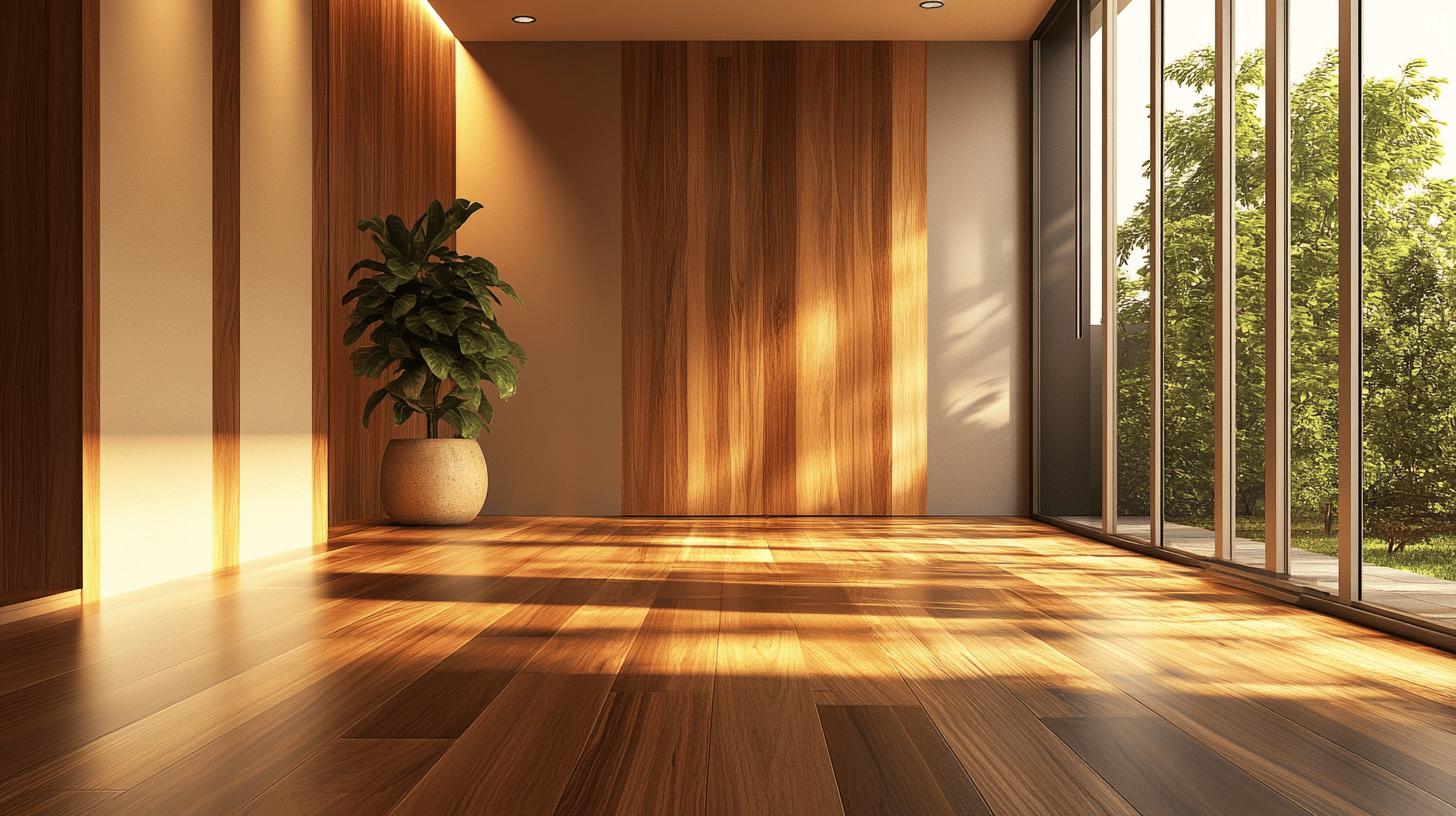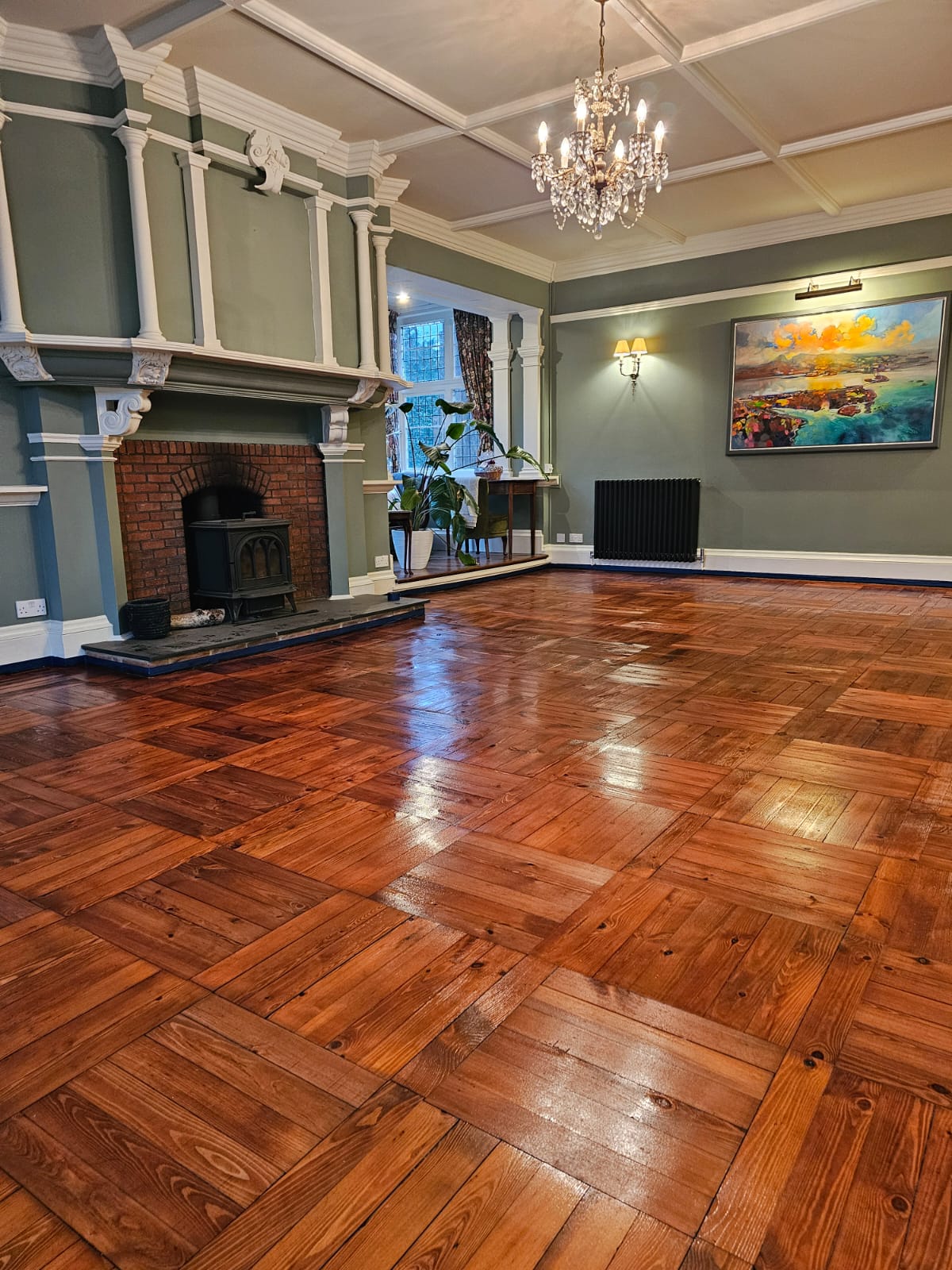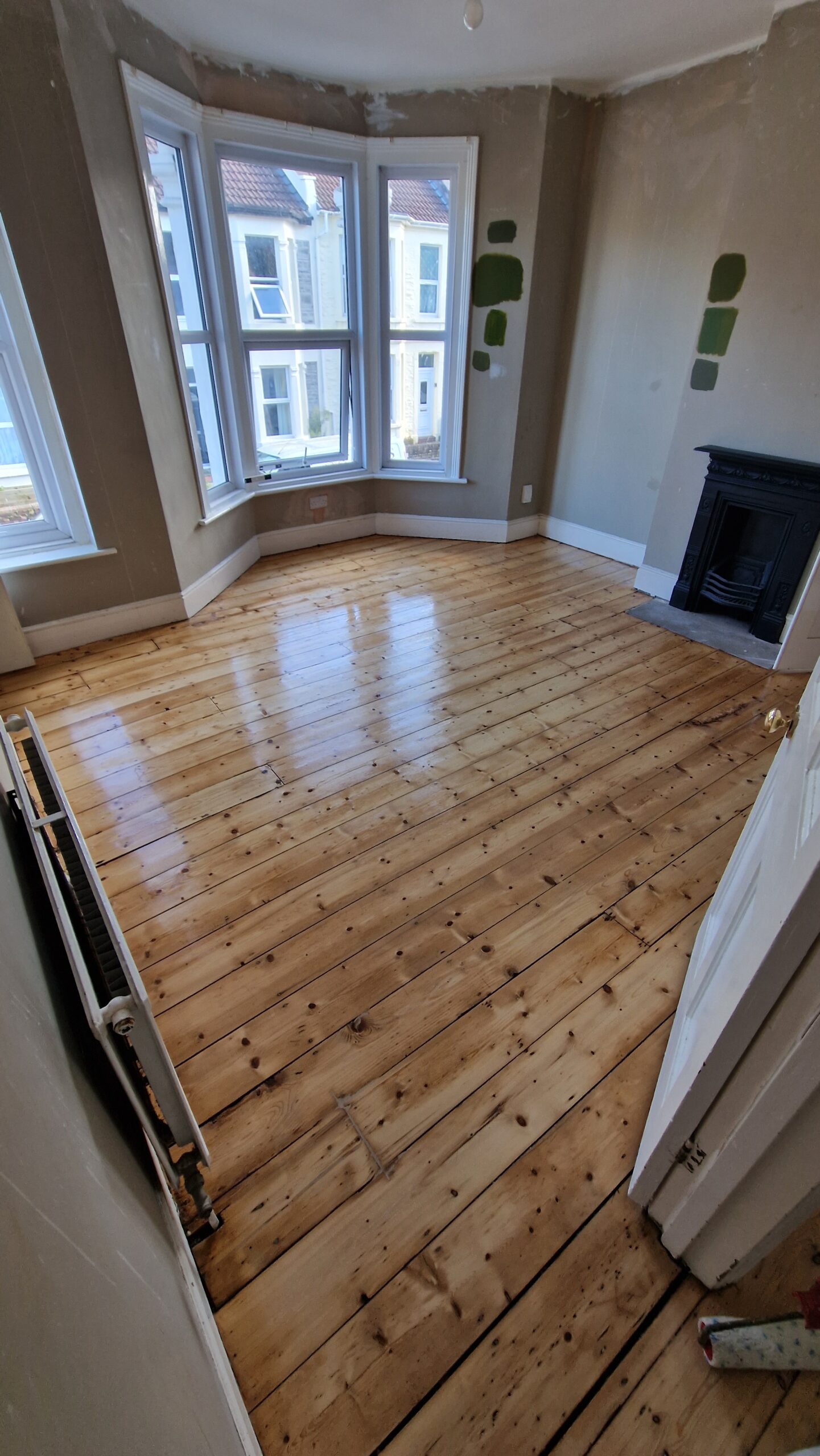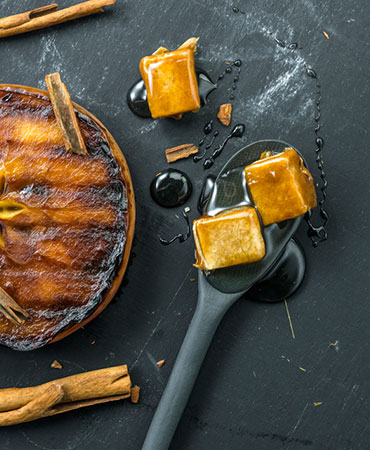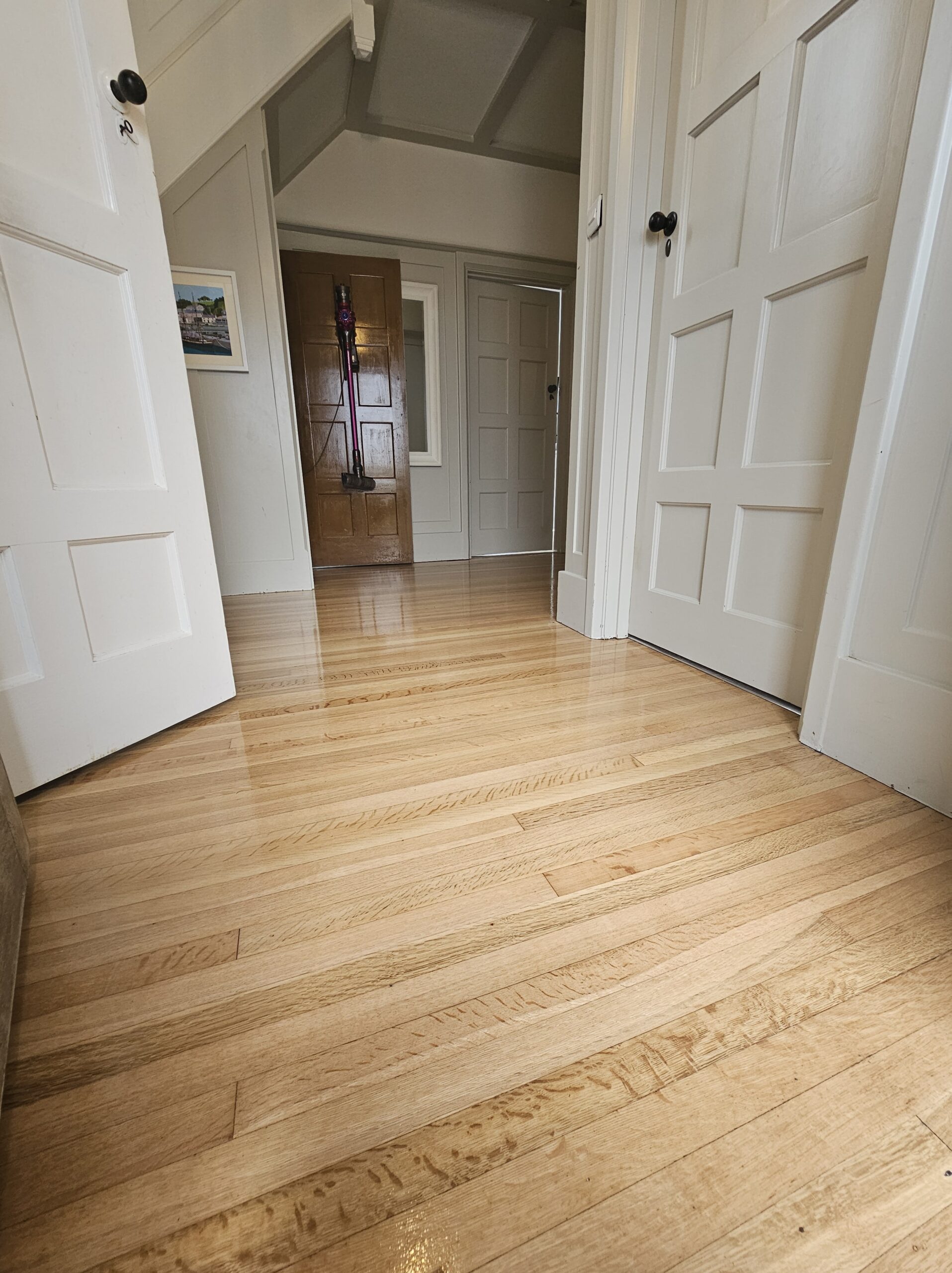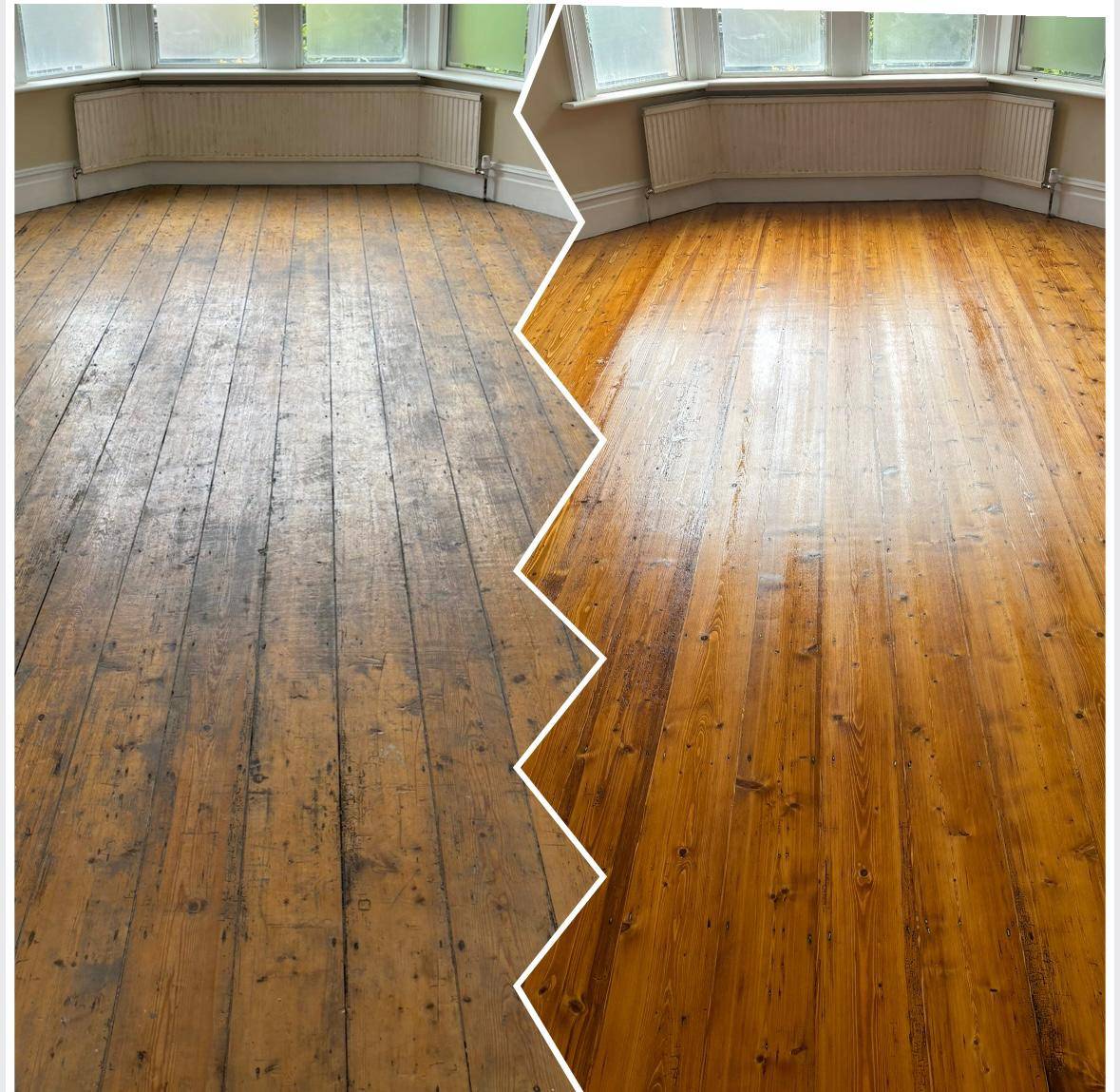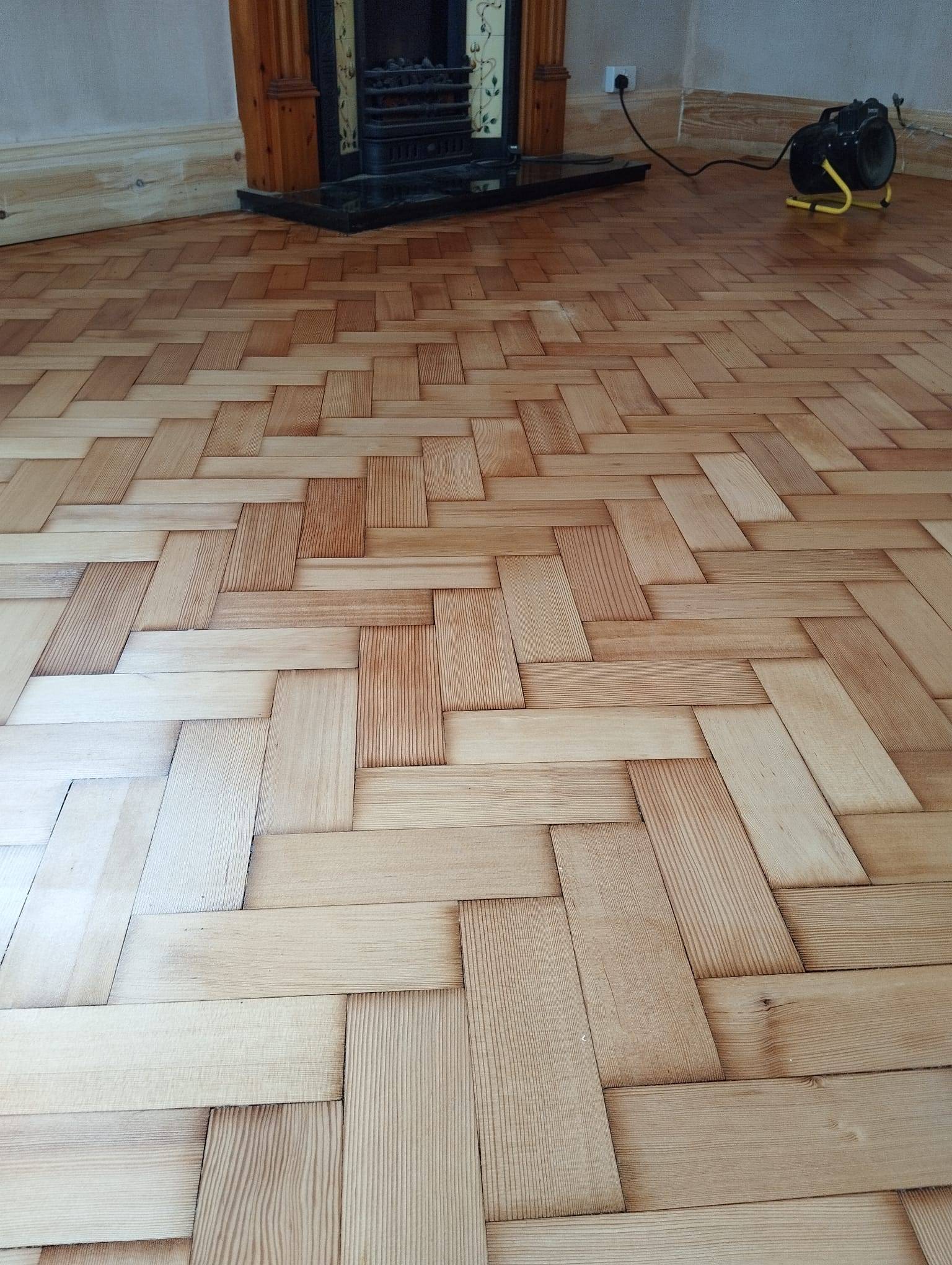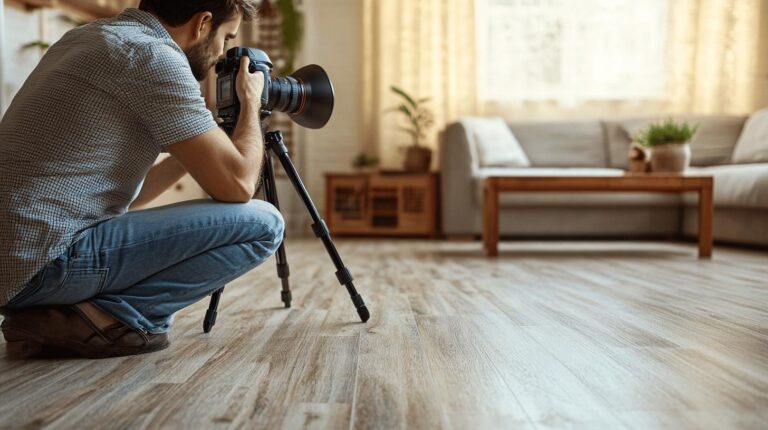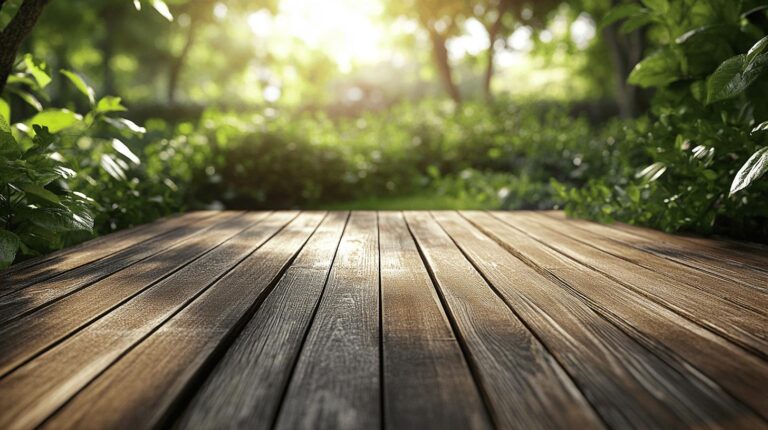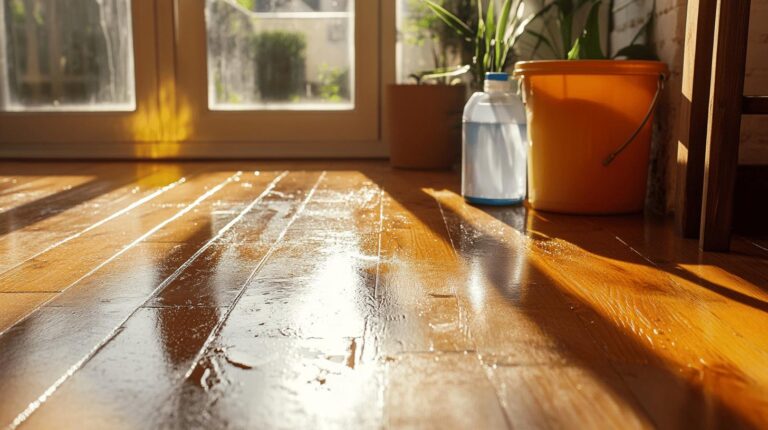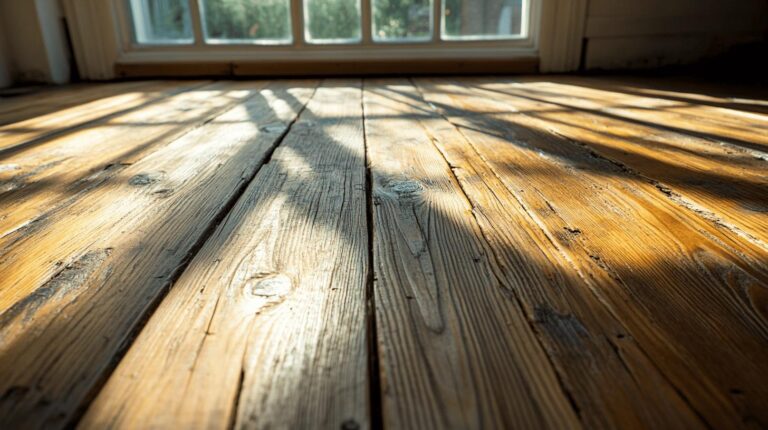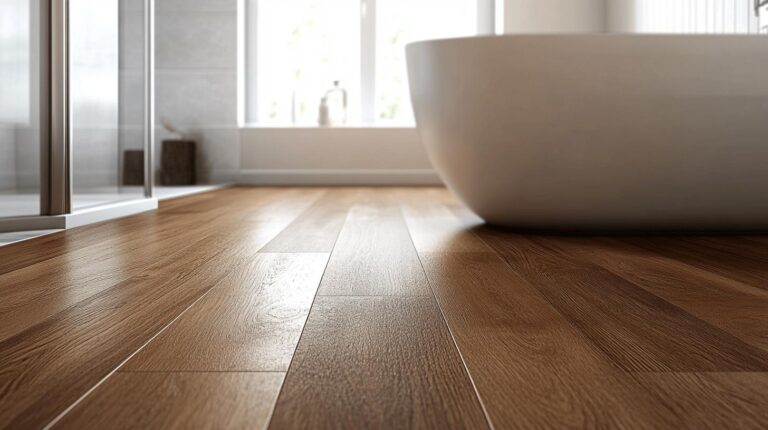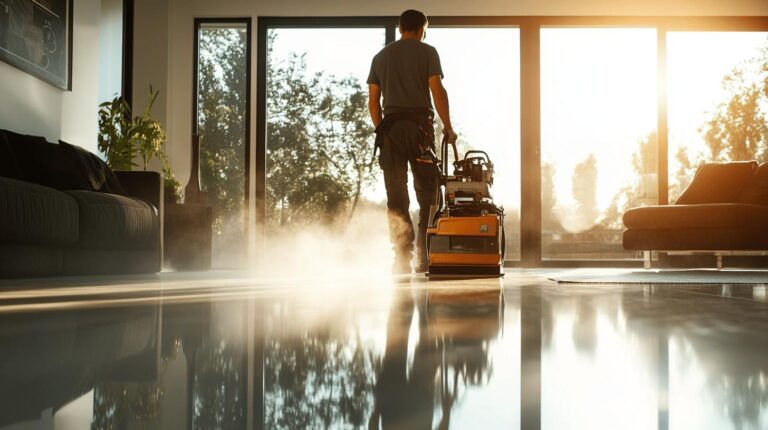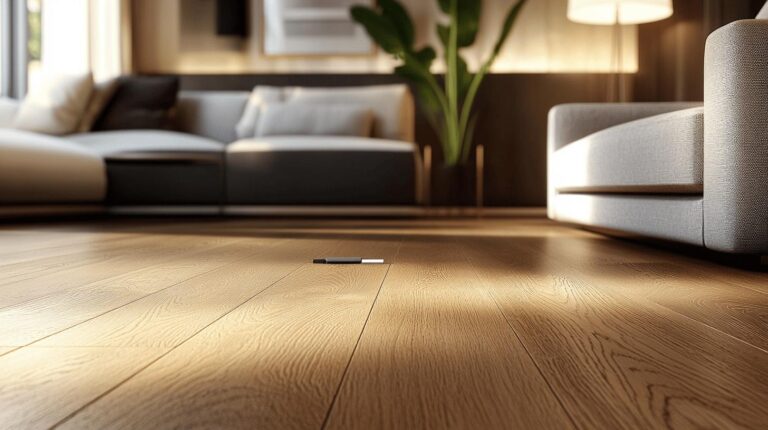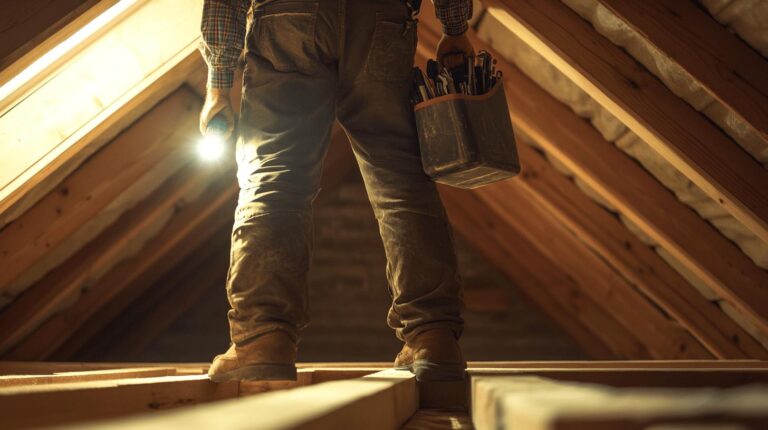When considering the restoration of exotic wood floors in period properties, does one truly appreciate the unique stories these timbers tell? Each exotic wood type, with its distinct grain and hue, is akin to a chapter in a historical novel, waiting to be revived with elegance and precision. Yet, the process of restoring such exquisite floors demands far more than a simple sanding—it requires a deep understanding of the wood’s unique characteristics and history. This article will guide you through the intricacies of identifying and restoring these exotic woods, ensuring your period property retains its timeless charm while meeting stringent conservation guidelines.
Identifying Exotic Wood Floors in Period Properties
Understanding the type of hardwood in your period property is critical for successful wood floor restoration. Exotic wood identification can be challenging due to the variety of species and their unique characteristics. Visual cues such as colour, grain pattern, and texture can help distinguish between different exotic timber characteristics. For instance, mahogany often has a rich, reddish-brown hue with a straight grain, while teak is known for its golden colour and oily texture. These visual characteristics are essential in determining the appropriate restoration techniques required.
Historical wood types found in period properties often reflect the trade routes and economic conditions of the era. Exotic woods such as rosewood and ebony were imported and used in high-end constructions and furnishings, highlighting wealth and status. Historical context provides insight into the origin and age of the wood, which can aid in its identification and eventual restoration. Knowing the provenance of the wood can also inform decisions on sourcing materials for repairs, as certain species may be rare or protected under conservation guidelines.
Identifying exotic timber in period properties presents several challenges. Age and wear can alter the wood’s appearance, making it difficult to identify. Additionally, previous renovations may have introduced new wood species or finishes that obscure the original material. A professional assessment can help overcome these obstacles, ensuring that the correct restoration methods are applied. Accurate identification is crucial as different woods require specific treatments to preserve their integrity and beauty.
- Mahogany
- Teak
- Rosewood
- Ebony
- Walnut
Techniques for Restoring Exotic Wood Floors
Restoring exotic wood floors requires specialised techniques that respect the unique characteristics of each wood type. Traditional sanding may not always be suitable, especially for prefinished and laminated hardwoods. These types often necessitate alternative restoration methods, as standard sanding can damage their surface or reduce their longevity. Instead, non-invasive approaches like chemical stripping or gentle buffing can be effective. Chemical stripping delicately removes old finishes without altering the wood’s structure, preserving the integrity of intricate grain patterns found in exotic woods.
Refinishing exotic wood floors involves more than simply applying a new coat of finish. Choosing the right exotic wood floor finish is crucial, as it should enhance the wood’s natural beauty while providing protection. High-quality oils and waxes are often recommended for their ability to penetrate deeply, nourishing the wood from within. These finishes maintain the wood’s original charm and can be reapplied as needed, offering a sustainable way to keep the floor looking vibrant without resorting to sanding.
Polishing exotic wood is a fine art, requiring expertise to ensure the wood’s lustre is enhanced without compromising its natural texture. Polishing can be achieved through the use of specialised products designed for exotic wood types. These products often contain natural ingredients that complement the wood’s unique oils, bringing out its depth of colour and ensuring a smooth, reflective surface. Regular hardwood floor polishing not only improves the aesthetic appeal but also adds a layer of protection against wear and tear.
Buffing and Recoating
Buffing and recoating represent a less invasive method of restoring exotic wood floors. This technique involves using chemical abrasion kits to lightly buff the floor, preparing it for a new finish. Buffing removes surface imperfections and dullness, while recoating applies a fresh layer of finish, reviving the floor’s appearance. This method is particularly beneficial for floors that have minor surface issues and do not require the complete removal of the existing finish. It offers a cost-effective solution that extends the life of exotic wood floors without the need for extensive sanding.
Sourcing Materials for Exotic Wood Floor Restoration
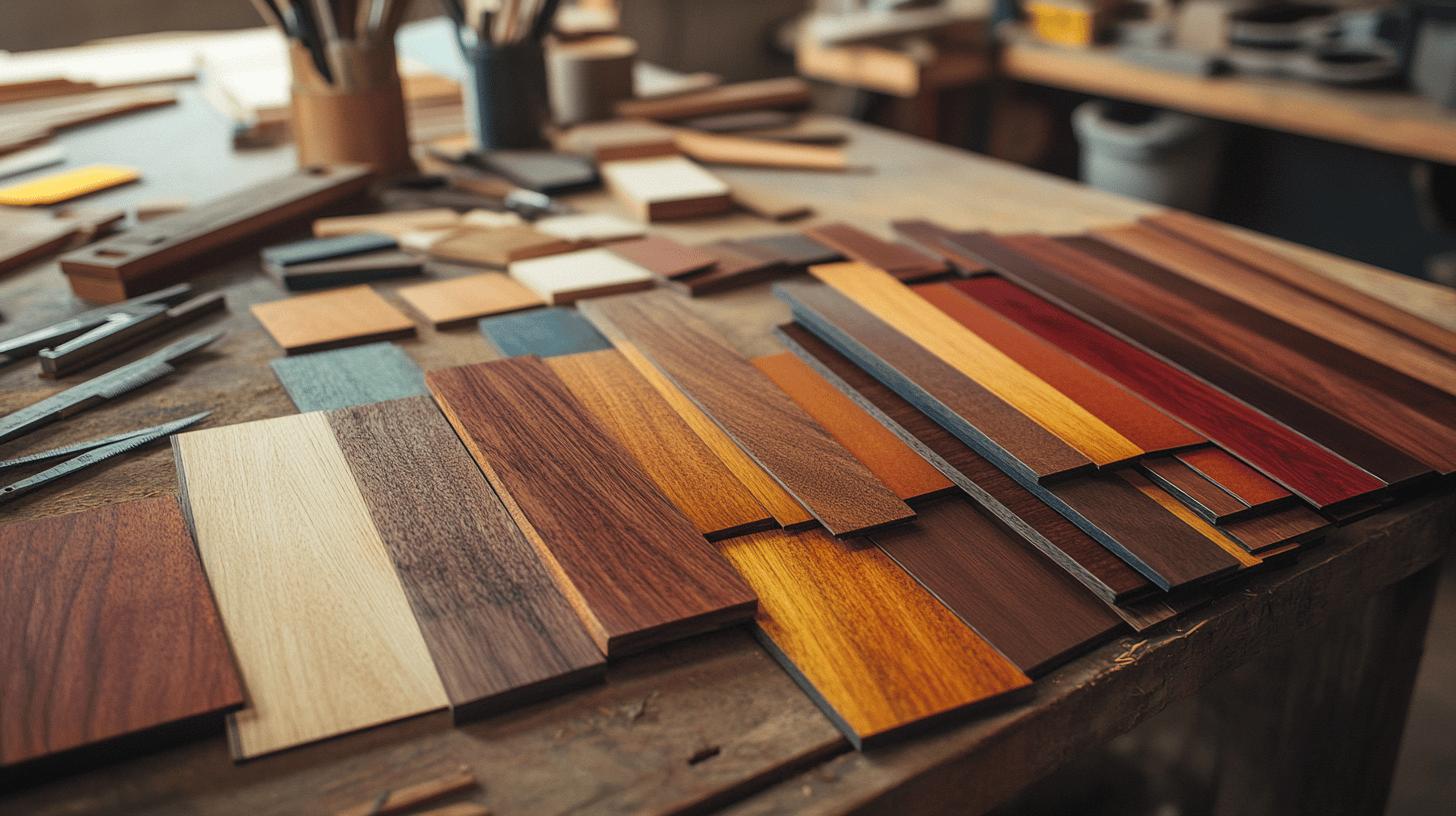
Sourcing materials for exotic wood floor restoration involves navigating the challenges posed by the rarity of certain woods and the need to adhere to conservation guidelines. Exotic timber sourcing is particularly complex due to the limited availability and high demand for certain species. When seeking materials, one must consider the cost implications associated with rare woods, as prices can be significantly higher than more common varieties. Conservation guidelines also play a crucial role, as they aim to protect endangered species and ensure sustainable harvesting practices. Compliance with these guidelines is essential to preserve the authenticity and integrity of period properties while respecting environmental and ethical standards.
To overcome these challenges, engaging professional restoration services like Ryan’s Restoration can be invaluable. Professionals possess the expertise and connections to source high-quality, authentic materials that align with conservation requirements. They can guide you through the process, ensuring that the materials used not only match the original wood but also contribute to the property’s historical value. Their knowledge of exotic species conservation ensures that the restoration process respects both the law and the environment.
- Ryan’s Restoration
- Woodworks of London
- Timberline Natural Wood Products
- The Hardwood Store of UK
Preservation Tips for Period Property Flooring
Exotic wood floors in period properties require meticulous care to preserve their aesthetic allure and structural integrity. Preserving wooden aesthetics involves addressing environmental factors such as light exposure, which can lead to fading, bleaching, or darkening of wood surfaces. Regularly moving rugs and furniture can help distribute light exposure evenly, preventing uneven fading. Additionally, installing window coverings like drapes, curtains, or blinds significantly reduces the amount of UV and infrared light reaching the floors. While UV inhibitors in finishes are available, they only partially protect against fading, necessitating additional preventive measures.
Period-appropriate finishings play a crucial role in maintaining the authenticity of exotic floorboards. Choosing the right wood floor sealing products that complement the original wood while offering protection is essential. Natural oils and waxes are particularly effective in enhancing the wood’s natural grain and colour. These finishes penetrate deeply, nourishing the wood and providing a sustainable way to maintain its beauty. Regular reapplication can help sustain the wood’s vibrancy, ensuring that its historical charm is preserved over time.
Using UV Protective Measures
Environmental factors can significantly impact the longevity of exotic wood floors. Incorporating UV protective measures is vital in mitigating the adverse effects of sunlight. Window films are an effective option, reducing UV and infrared light penetration while allowing visible light to pass through. The installation of awnings, whether retractable or stationary, provides an additional layer of protection by blocking sunlight before it reaches the windows. For properties undergoing renovation, Low-E glass windows are recommended, as they come with specialised coatings that limit UV and IR light exposure, further safeguarding the flooring from potential damage.
- Move rugs and furniture periodically to even out light exposure.
- Install window coverings to reduce UV and infrared light.
- Use natural oils and waxes for period-appropriate finishings.
- Apply window films to minimise harmful light penetration.
- Consider Low-E glass windows for enhanced UV protection.
Working Within Conservation Guidelines
Adhering to conservation guidelines is essential when undertaking the restoration of exotic wood floors in period properties. These guidelines ensure that the historical integrity and architectural heritage of the property are preserved. Non-compliance can lead to irreversible alterations that diminish the historical value of the property. How crucial is it to follow these guidelines? Adhering to them maintains not only the aesthetic and cultural significance of the flooring but also complies with legal requirements that protect heritage sites. By respecting these regulations, restorers can ensure that their efforts contribute positively to the property’s legacy.
Professionals like Ryan’s Restoration play a pivotal role in authentic restorations, as they possess the expertise needed to navigate the complexities of historic property upkeep. Their experience allows them to implement restoration techniques that align with both the aesthetic goals and the conservation standards of the property. These professionals can assess the condition of the wood, recommend appropriate materials, and apply methods that preserve the original craftsmanship. Their involvement is invaluable in ensuring that the restoration process respects the historical and architectural significance of period properties.
- Understand and follow legal requirements for historic property preservation.
- Engage professionals with expertise in authentic restorations.
- Choose restoration techniques that respect original craftsmanship and materials.
Final Words
Unveiling exotic wood floors in period properties reveals a tapestry of cultural and historical significance. Restoring these unique floors requires understanding their individual characteristics. This blog post explored the variety of exotic woods and offered specific restoration techniques, including sanding alternatives and buffing.
Finding the right materials can be challenging due to rarity and conservation needs. Yet, with guidance from professionals like Ryan’s Restoration, it is manageable. Preservation strategies are key for maintaining the historical allure of these floors.
Navigating Beyond Oak: Restoring Exotic Wood Floors in Period Properties enables a harmonious blend of beauty and authenticity. This approach ensures that period homes continue to shine for generations.
FAQ
How do you bring old hardwood floors back to life?
To rejuvenate old hardwood floors, use techniques like sanding, polishing, and applying a fresh finish. Always assess the condition and type of wood to select the appropriate restoration method for the best results.
What is exotic hardwood flooring?
Exotic hardwood flooring refers to wood sourced from non-native trees, often characterised by unique grains, colours, and durability. These woods may include species like mahogany, teak, or Brazilian cherry, prized for their aesthetic appeal.
What not to do when refinishing hardwood floors?
Avoid using harsh chemicals, excessive water, or overly aggressive sanding machines. These can damage the wood or cause uneven finishes. Always follow recommended practices for the specific wood type being refinished.
How many times can oak floors be refinished?
Oak floors can typically be refinished up to seven times during their lifespan, depending on the thickness of the planks and previous restoration practices. Consult a professional to assess specific floor conditions and recommendations.
